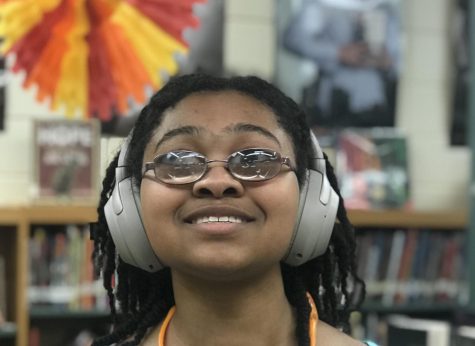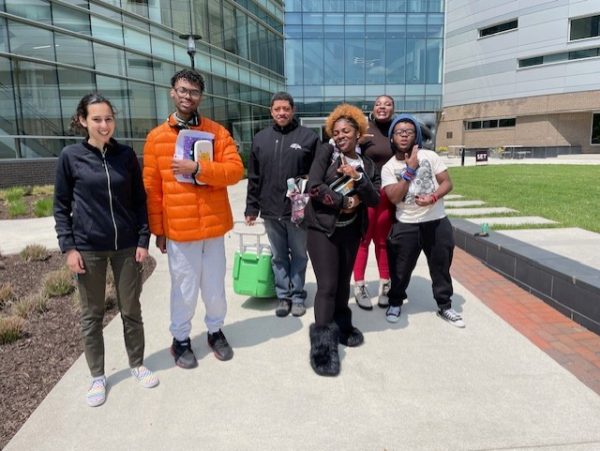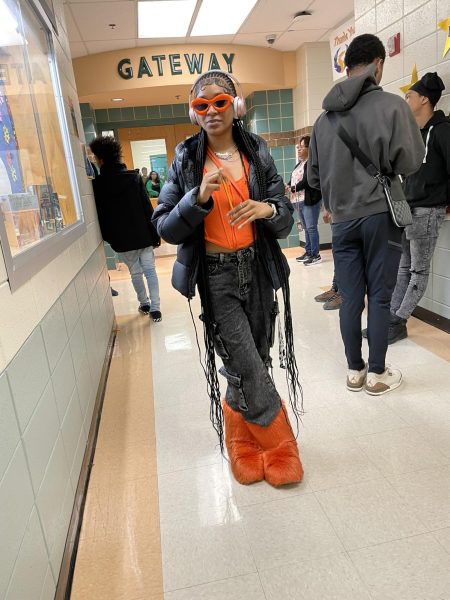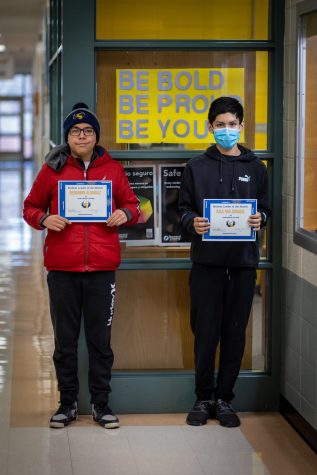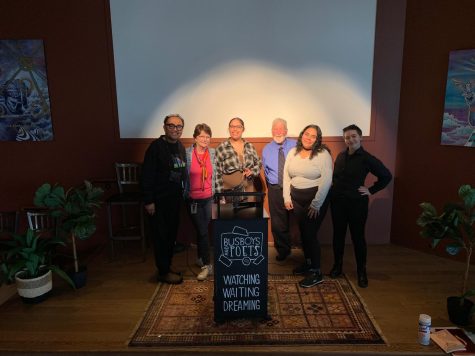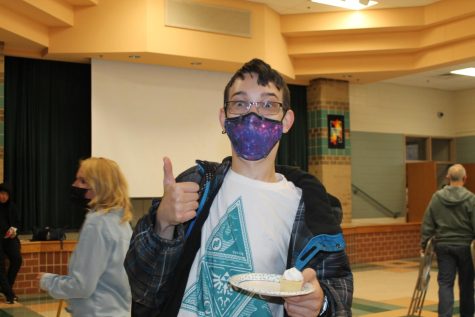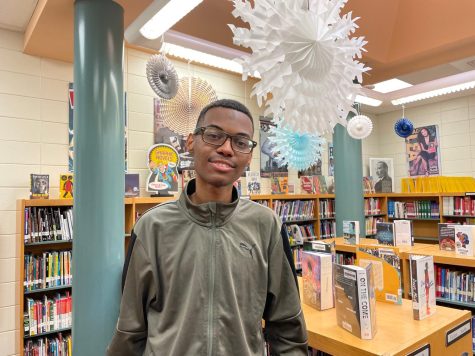An Interview with HCPSS Superintendent, Michael Martirano

November 30, 2020
With schools being closed across the country due to COVID-19, many students and staff have a lot of questions. I decided to interview our County’s Superintendent, Dr. Martirano about what the county’s plans are, in terms of distance learning and reopening schools.
When COVID-19 cases began to rise in our country and state in late February and early March, did you see this closure coming?
At the early infancy of this pandemic, it was difficult to project COVID-19’s ultimate spread and impact. Last winter, there was still a significant amount of misunderstanding and unsureness at the federal and state level about how to react. There were even several weeks during that time that the top health organizations in the world were recommending not wearing masks.
At the time, we were treating COVID-19 in many ways as we treat the flu during bad flu seasons. I was stressing through community messages and at public speaking engagements the importance of vigorous hand washing and staying home if you are feeling ill. We were securing hand sanitizer for all of our buildings and in daily contact with the Howard County Health Department and Maryland Department of Health to provide guidance and understanding of what we were dealing with.
The possibility of an eventual closure of school buildings was definitely something I believed may happen and staff were preparing for that possibility weeks before it was announced by the Governor and State Superintendent on March 13, 2020 that school buildings would be closed.
When the school closure initially began, did you predict that it would last as long as it has?
An extended closure of buildings was certainly a possibility that we were preparing ourselves for. With the limited information that we had at the time, it was difficult to predict how long school buildings would be closed. However, we were having discussions during initial planning for how to handle a short term closure lasting days or weeks and a long term closure lasting months.
What have you and the county learned from being forced to do distance-learning, that you plan to incorporate after this pandemic?
We knew even before the pandemic that, as a school system, we were not where we needed to be as far as student and staff technology to engage in 21st century learning. Unfortunately, our concerns immediately became a large-scale liability to the success of a fully virtual instructional model.
The first thing we did was secure and commit as many resources to the acquisition of technology for students and teaching staff. This was complicated by the increased demand for devices across the country.
The issue of adequate technology quickly shifted from a significant concern, to a silver lining during this pandemic. While nothing will replace the effectiveness of traditional face-to-face instruction, we are now much better prepared to leverage technology in ways we never were before. I am excited to see the ways that our teachers will leverage the technological resources we have once we return to the classroom following the pandemic.
What do you feel are the drawbacks of distance- learning?
The single most impactful drawback of fully virtual learning is the inability to have students in schools to receive the many supports that school staff and the school environment provide.
The challenges around providing adequate mental health supports is my greatest concern during this time. In-person instruction allows students with easier access throughout the day to adults that they trust and provides student support and instructional staff with greater opportunities to gauge the wellbeing of students. Our student services and instructional staff across the county have done a wonderful job providing supports in a virtual format, but it simply can’t replace the benefits of being in-person.
Another area that causes me concern is child hunger. Our Food Services teams across all schools have done heroic work showing up to prepare and provide food throughout this entire pandemic. I am in awe of their commitment to our students. However, I still worry about those who are not able to visit our school meal sites for any reason.
What do you feel are the benefits of distance-learning?
There is great value in distance learning for some learners and it creates opportunities where they may not have previously existed. For several years, HCPSS has implemented distance learning for certain courses such a Differential Equations that could not be offered and taught in each high school. Distance learning solutions allowed a teacher from one school to instruct students at all 12 high schools in the county. With the added tools and improvements made to online instruction, I foresee additional opportunities to leverage virtual learning to better serve all learners including in our Career and Technical Education (CTE) programs and students participating in the Home and Hospital program, as well as a solution for inclement weather days.
Ideally we would have all students back to receive in-person support and instruction as soon as possible. There is certainly a place for distance learning in HCPSS, and we will leverage the lessons learned and tools acquired during this pandemic to expand virtual opportunities even after we return to in-person instruction, but it’s simply not an ideal model for all learners.
What is the county’s plan for reopening and when do you think it will be implemented?
This plan is currently in development and will be discussed publicly during several upcoming Board of Education meetings. I encourage everybody to visit the HCPSS website to learn more about the process and access reopening plan updates.
Once schools reopen, how do you plan to ensure that students who are benefiting from distance learning are able to continue with it?
As described in an earlier question, distance learning will continue to have a place in HCPSS schools and we will expand virtual opportunities available to students. When we are beyond this pandemic, it will be important to return to a majority in-person instruction and many classes won’t have a virtual option, but our new virtual capabilities provide many opportunities for students where in-person instruction may not be available or accessible.

